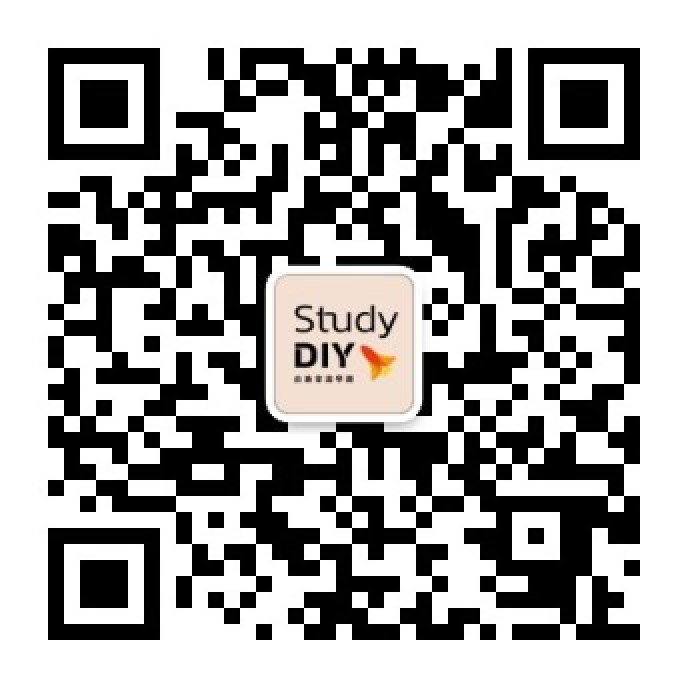
- United States
- United Kingdom
- Canada
- Australia
- Netherlands/Ireland
- High School
- University
- Research Institute
- Conditional Admission
- Community College
- Public College
- Private College
- Junior High School
- High School
- United States
- United Kingdom
- Canada
- Australia
- Netherlands/Ireland
- High School
- University
- Research Institute
- Conditional Admission
- Community College
- Public College
- Private College
- Junior High School
- High School
Study in Canada STUDY In Canada
Introduction
Education System Overview
Higher education in Canada is divided into academic-oriented university education and employment-oriented vocational education. Canadian universities are the primary higher education pathway, known worldwide for their high-quality academic output. Unlike the centralized application system in the United States, Canadian universities have independent admissions processes, which are almost identical to applying for a master's degree. Vocational education in Canada is provided by Colleges across the country, assisting students in preparing for the workforce. Some colleges offer not only career-focused programs but also academic courses, allowing students to transfer to traditional universities.

University
University
Canadian universities offer high-quality academic education and have impressive rankings worldwide. Canada emphasizes practicality in education, which is reflected in university programs that often incorporate industry collaborations or internships into the curriculum, transforming universities from ivory towers to practical learning environments.

College
college
College programs are designed to equip students with immediate workplace skills, offering a wide range of choices in disciplines. Due to their career-centric focus, even if universities offer similar programs, college courses emphasize 'application' over exploring underlying principles. Colleges usually have lower admission requirements and can help students meet English language proficiency through language schools, making them a top choice for many students aspiring to study and live in Canada.
Education System
Educational System
Canada and the United States have similar systems, with some minor differences in the education systems of each province. Compulsory education runs from age six to the end of secondary education at age seventeen, except in Quebec, which has its own system. In contrast to the multitude of schools in the United States, Canadian universities offer relatively fewer choices, but with a more solid educational quality. Canada is also renowned for its vocational education, with Colleges providing another option for higher education, many of which offer high-quality programs. The adaptable education system has made Canada a popular destination for international students to study abroad.
Education systems vary by province in Canada. Here we provide a general comparison, for more details please contact StudyDIY study abroad consultants.
University
University
Grade 1Grade 2Grade 3Grade 4Graduate School
Postgraduate
Grade 1Grade 2
University
Undergraduate
Grade 1Grade 2Grade 3Grade 4Graduate School
Postgraduate
Grade 1Grade 2
College
college
CertificateCertificateDiploma/Associate DegreeDiploma/Associate DegreeAdvanced DiplomaAdvanced DiplomaBachelor's DegreeBachelor's DegreeGraduate
Graduate
Graduate CertificateGraduate CertificateGraduate DiplomaGraduate Diploma
Technical-Vocational
Technical-Vocational
Grade 1Training Programs
Technical Program
Grade 1Grade 2Grade 3Graduate School
Postgraduate
Grade 1Grade 2
Application Process
Application
The application process for studying in Canada is similar to that of the United States. Applications are typically open from September to around November to February of the following year, depending on the specific school's deadlines (slightly different for undergraduate and graduate programs). In addition to the usual documents such as study plans and resumes, most departments and schools require applicants to submit an essay. This essay allows students to explain their understanding of the field and helps schools gain a more comprehensive understanding of the students. The preparation of application documents for Canadian master's programs can be particularly intricate, with some schools requiring the drafting of a research proposal. Students interested in studying in Canada should plan ahead.
Step 1 - Application Preparation
- School Selection Strategy Planning
- Initial School Application Selection
- Study Abroad Exam Preparation
- Confirm Recommender Selection
Step 2 - Document Preparation
- Finalize School Application List
- Prepare Application Documents (Transcripts, Passport)
- Complete Writing and Editing of Application Documents
Step 3 - Official Application
- Confirm Recommender Submission of Recommendation Letter
- Provide Required Transcripts and Certificates
- Monitor Application Status and Application Email
Step 4 - Application Results
- Confirm Final School or Language Course Enrollment
- Arrange Accommodation
- Prepare Required Visa Documents
- Undergo Medical Examination
Step 5 - Pre-Departure Preparation
- Apply for Canadian Student Visa
- Select Courses According to School Regulations
- Confirm Dormitory Check-In Time
- Book Flight Tickets, Arrange Entry Itinerary
Recommended Articles
TOEFL / GRE / GMAT Exemption Zone
You can apply to universities/research institutes in the United States, United Kingdom, and Canada without TOEFL, IELTS, GRE, GMAT, or SAT scores!


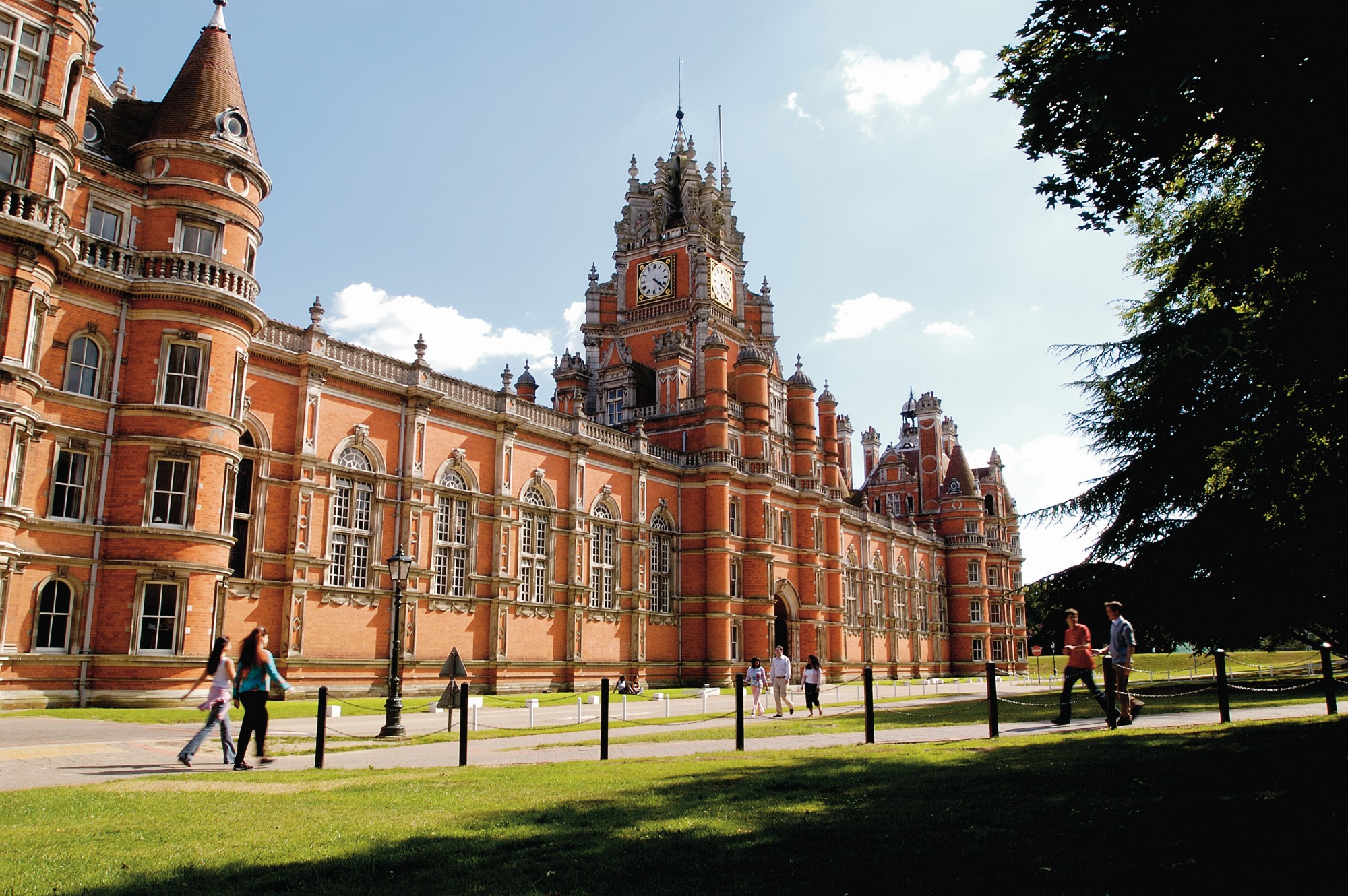
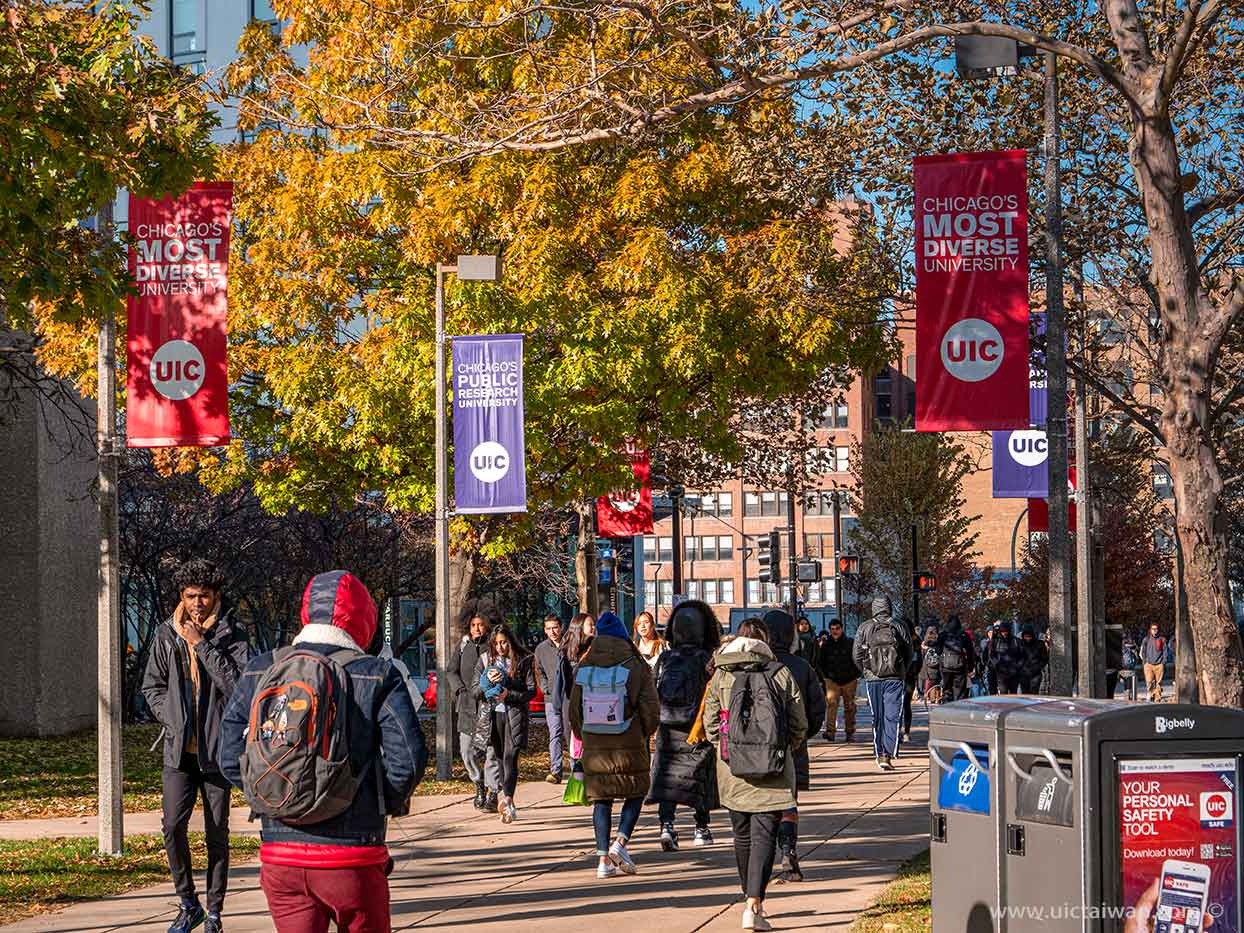


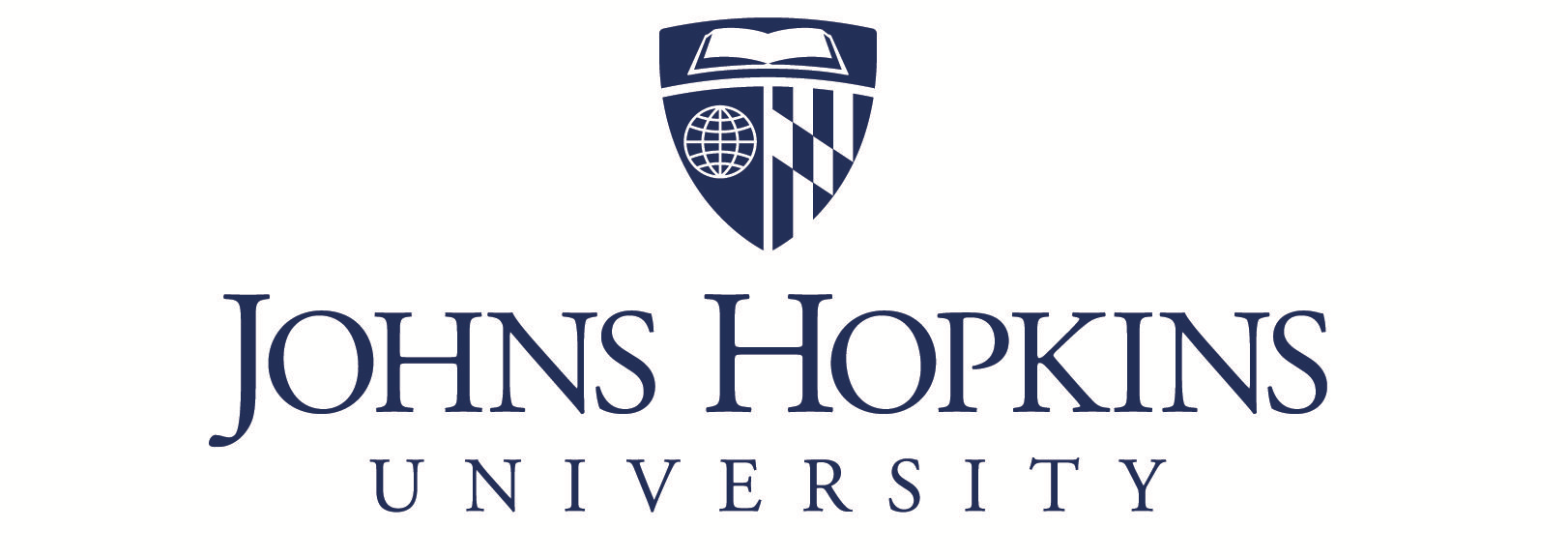

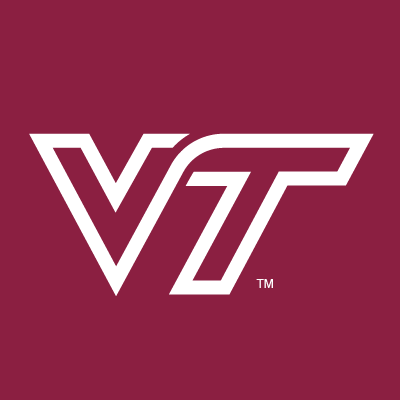

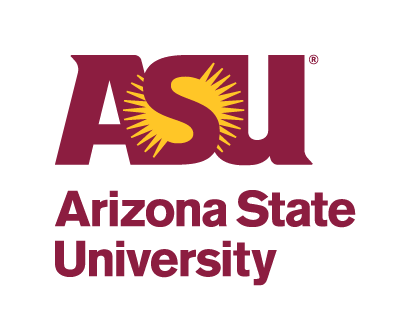
 Study in the USA
Study in the USA Study in Australia
Study in Australia Study in the UK
Study in the UK Study in the Netherlands/Ireland
Study in the Netherlands/Ireland Study in Canada
Study in Canada Conditional Admission
Conditional Admission



